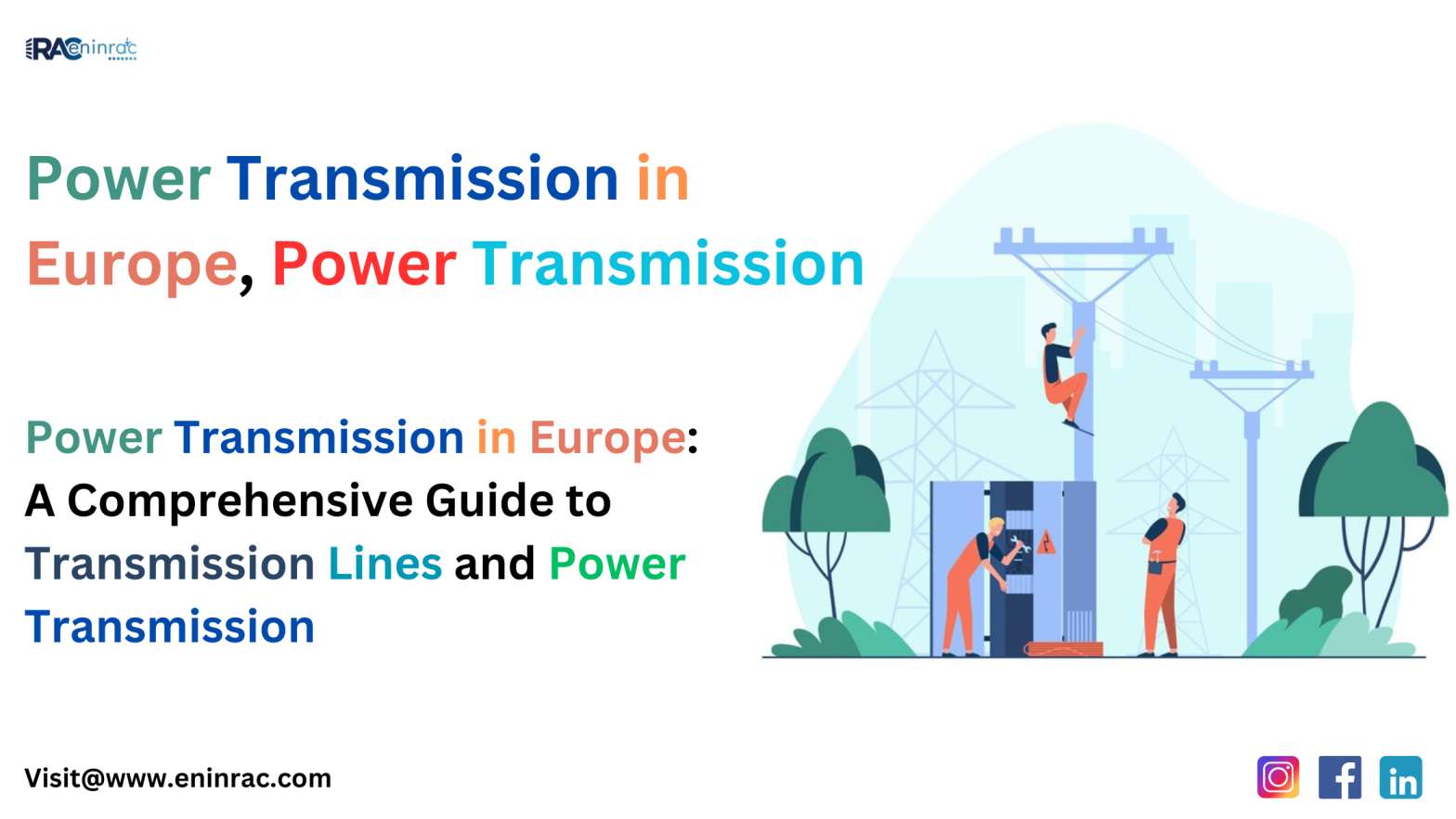Introduction to Power Transmission in Europe
In the heart of Europe, an intricate web of transmission lines stretches across vast distances, ensuring that electricity generated from diverse sources reaches millions of homes, businesses, and industries. Understanding power transmission in Europe is crucial as the continent strives for energy security, sustainability, and integration of renewable energy sources.
The Backbone of Energy Distribution: Transmission Lines
What Are Transmission Lines?
Transmission lines are high-voltage power lines that transport electricity over long distances from power plants to substations, where the voltage is lowered for distribution to consumers. These lines are vital for efficient power transmission, minimizing energy loss during transit.
Types of Transmission Lines
- Overhead Transmission Lines: These are the most common type, visible as towering pylons carrying cables across landscapes. They are cost-effective but can be affected by weather conditions.
- Underground Transmission Lines: Used in urban areas or regions where overhead lines are impractical, these lines are less vulnerable to weather but are more expensive to install and maintain.
- Submarine Transmission Lines: Essential for connecting islands or crossing bodies of water, these lines are crucial for integrating offshore wind farms into the mainland grid.
Materials and Construction
Transmission lines are typically made of aluminum or copper due to their excellent conductivity. They are supported by towers or pylons, which are designed to withstand various environmental stresses.
Power Transmission: From Generation to Consumption
The Power Transmission Process
Power transmission involves several key steps:
- Generation: Electricity is generated at power plants using various energy sources such as coal, natural gas, nuclear, hydro, wind, and solar.
- Step-Up Transformation: The voltage of the generated electricity is increased using transformers to reduce energy loss during transmission.
- Transmission: High-voltage electricity travels through transmission lines over long distances to substations.
- Step-Down Transformation: At substations, transformers lower the voltage for safe distribution.
- Distribution: Electricity is distributed through lower-voltage distribution lines to end users.
The European Power Grid
Europe’s power grid is one of the most interconnected and complex in the world, consisting of multiple regional grids linked together. This interconnectedness enhances energy security, allows for efficient use of resources, and supports the integration of renewable energy.
Challenges in Power Transmission in Europe
Integrating Renewable Energy
One of the significant challenges in power transmission is integrating renewable energy sources like wind and solar, which are intermittent and decentralized. The grid must be flexible and resilient to accommodate these variable energy sources.
Cross-Border Coordination
Europe’s interconnected grid requires extensive cross-border coordination to ensure stability and reliability. This involves harmonizing regulations, standards, and grid management practices across different countries.
Aging Infrastructure
Much of Europe’s transmission infrastructure is aging and requires modernization to enhance capacity and reliability. Upgrading these systems is essential to support the growing demand for electricity and the shift towards cleaner energy sources.
Innovations and Future Trends
Smart Grids
Smart grids represent the future of power transmission, incorporating advanced technologies to monitor, predict, and manage electricity flows. These grids enhance efficiency, reduce outages, and facilitate the integration of renewable energy.
High-Voltage Direct Current (HVDC) Transmission
HVDC technology is increasingly used for long-distance and underwater power transmission due to its lower energy losses and ability to connect asynchronous grids. Europe has several HVDC projects, including the North Sea Wind Power Hub, which aims to connect offshore wind farms to multiple countries.
Energy Storage Solutions
Energy storage systems, such as batteries and pumped hydro storage, are crucial for balancing supply and demand, particularly with the increased use of renewables. These solutions help store excess energy generated during peak production times for use during periods of high demand.
The Role of Policy and Regulation
European Union Energy Policies
The European Union (EU) plays a pivotal role in shaping energy policies and regulations. Initiatives like the Clean Energy for All Europeans package aim to create a more resilient and sustainable energy system. These policies promote renewable energy, improve energy efficiency, and support the development of cross-border infrastructure.
National Strategies
Individual European countries also have their own energy strategies, tailored to their specific needs and resources. For example, Germany’s Energiewende focuses on transitioning to renewable energy, while France relies heavily on nuclear power.
Case Studies: Power Transmission Projects in Europe
The NordLink Project
The NordLink project is a significant HVDC interconnector between Germany and Norway. It allows for the exchange of renewable energy, with Germany exporting wind power and Norway providing hydroelectric power. This project enhances energy security and supports the integration of renewables.
The North Sea Wind Power Hub
This ambitious project aims to create an artificial island in the North Sea to connect offshore wind farms to multiple European countries. The hub will facilitate large-scale wind energy integration, helping Europe meet its renewable energy targets.
Conclusion
Power transmission in Europe is a complex and dynamic field, essential for ensuring reliable and sustainable electricity supply. From the towering transmission lines that span the continent to the innovative technologies shaping the future, understanding this system is crucial for navigating the energy challenges of the 21st century. As Europe continues to integrate renewable energy and modernize its infrastructure, effective power transmission will remain at the heart of its energy strategy.





